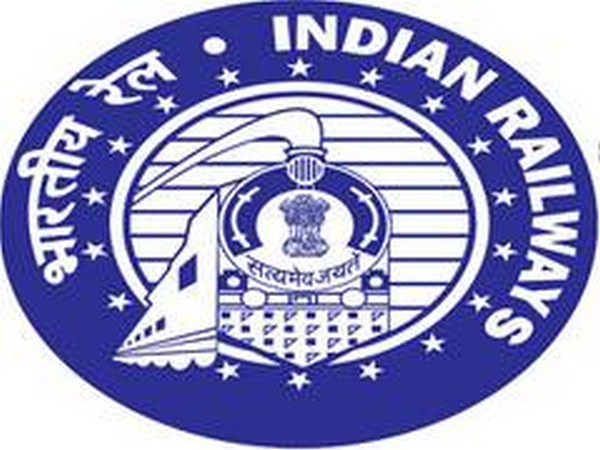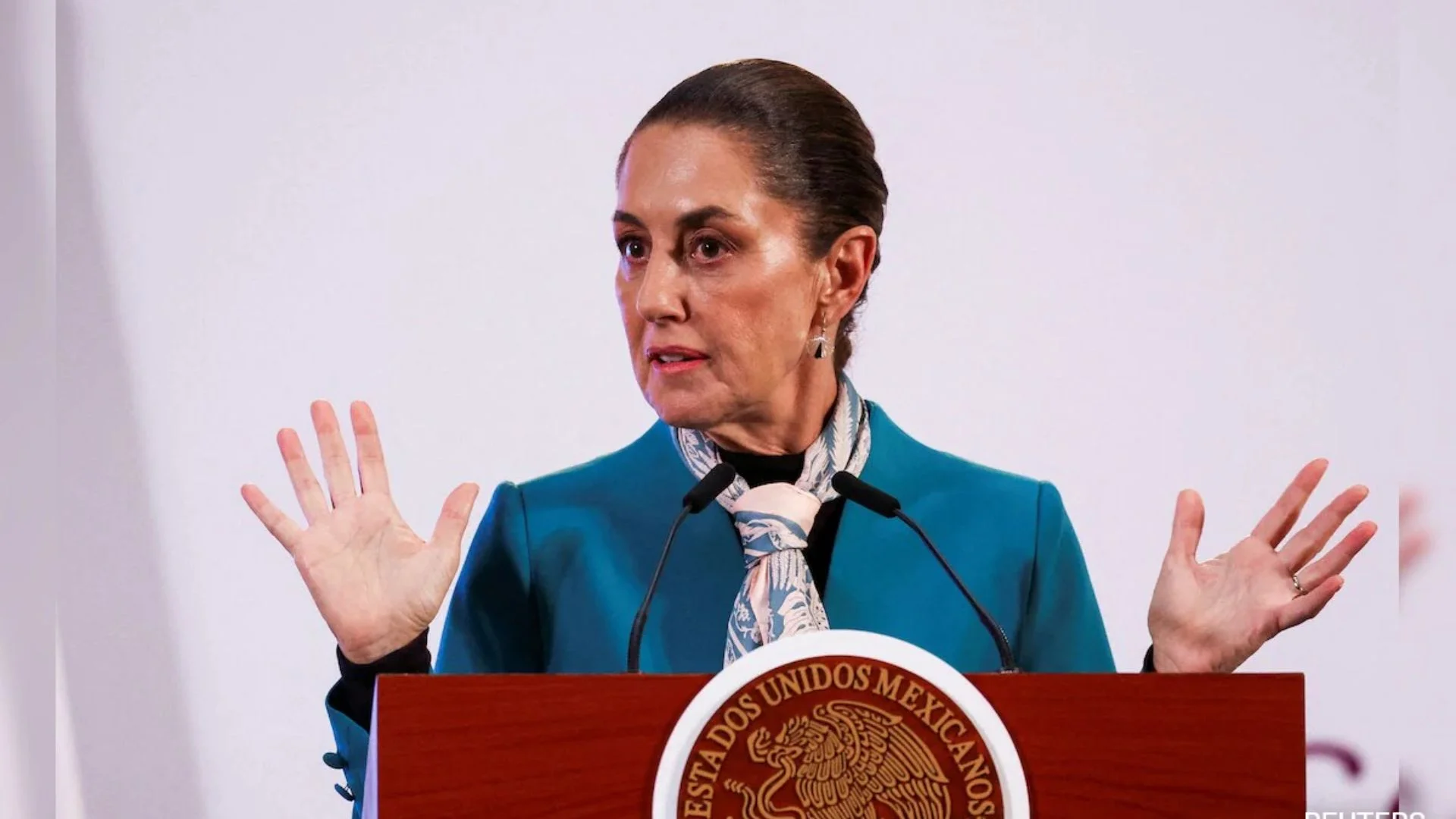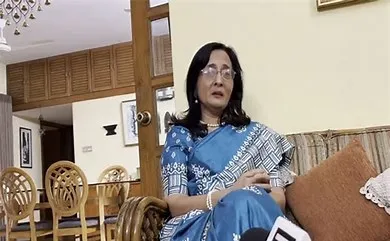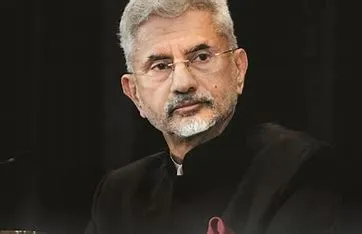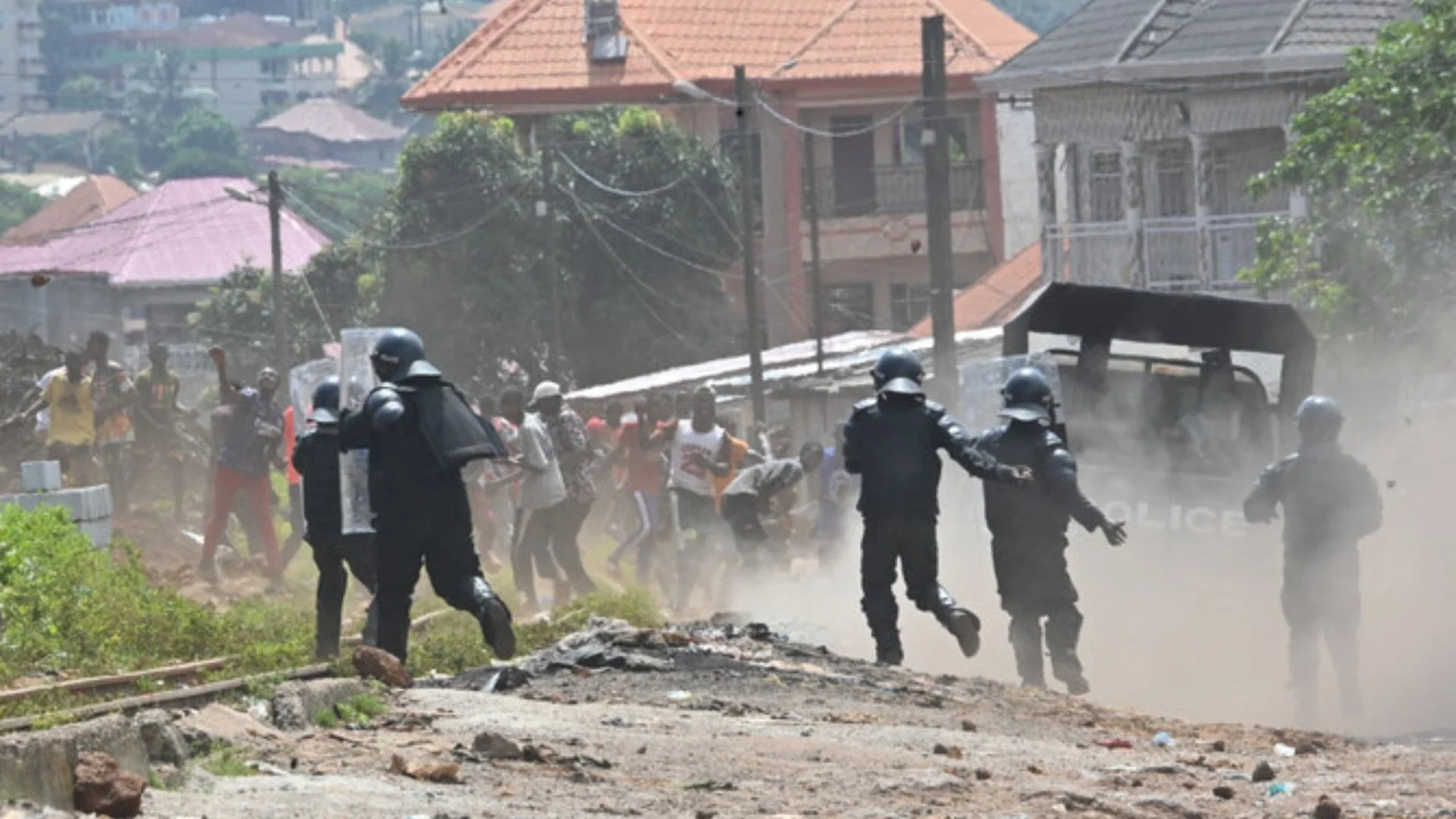The Indian Railways delegated the powers to reduce the basic fares up to 25% for AC sitting accommodation classes such as Chair Car (CC), Executive Chair Car (EC), Anubhuti, and Vistadome coaches to the zonal railways if the occupancy rates are less than desirable. The Indian Railways emphasised that the zonal railways may consider trains where the AC sitting occupancy has been less than 50% in the last one month after evaluating the fares of competitive modes, which are primarily omnibuses and air. Indian Railways also advised zonal railways to put on hold the flexi-fare in AC classes in trains wherever the occupancy has been low. This provision is not applicable to the tatkal quota or to travellers who book their tickets with concessions such as railway passes and concessional vouchers. This rider is very reasonable.
Why did the Indian Railways decide to give autonomy to slash the fares of the CC, EC, and Anubhuti classes of premium seating trains to the respective zones? Among the total 25 O-D pairs in which Vande Bharat (VB) trains have been introduced so far, the patronage for VB trains has been very good except for a few O-D pairs as reported in the media (Delhi Cantonment-Ajmer 70%, Indore-Bhopal, Jabalpur-Bhopal, and Madgaon-Mumbai 21% to 55%).
Why do some O-D pairs on which Vande Bharat trains operate have low occupancy rates? The first reason is the telescopic fares charged by IR for all O-D pairs, classes, and train types. As a result, the shorter O-D pairs are charged relatively more than the longer O-D pairs. For instance, the CC fare of short distance Indore-Bhopal (250 km), medium distance Howrah-New Jalpaiguri (565 km), and long-distance New Delhi-Varanasi (759 km) is respectively INR 950, INR 1565, and INR 1805, resulting in a per km charge of INR 3.8, INR 2.77, and INR 2.38, respectively.
The second reason could be fares of competing modes, that is, if the fares of omnibuses are significantly lower or if air fares are of the same order. The third reason could be that they have become habituated to paying higher fares for travel. If the O-D pairs had already been running premium trains, passengers would have been habituated to paying higher fares.
Although the IR fares are universal (same for a distance slab for the same service in the same class), the Affordability To Pay (AFP) and Willingness To Pay (WTP) of the passengers in various regions are not the same. It depends on the economic growth and the number of higher-income groups in that region. This may be the fourth reason.
The timetable of the Vande Bharat train may be much closer to that of some other premium or Mail/Express train. If the AFP and WTP of the passengers on that O-D route are higher, Vande Bharat trains may cannibalize Mail/Express trains, and vice versa, which may be the fifth reason. The faster services with LHB coaches with superior interiors provided by premium trains have been charged more than Mail/Express trains. Since Vande Bharat is faster and more convenient and provides a better-quality ride with state-of-the-art facilities than premium trains, they have been charged about 40% more than premium trains, ceteris paribus. The policy decision to decentralize the fare reduction based on the occupancy of trains operated by the respective zones is a step in the right direction, as it will consider regional economic differences and thereby fix the fares within the limit imposed by the Indian Railways. This policy decision also entails zonal railways to balance the twin objectives of policy optimality and revenue optimality. When a train is operated in an O-D pair, it is imperative on the part of the Indian Railways to increase the occupancy rate as high as possible, as lower occupancy rates mean national resources are wasted. However, Indian Railways also must ensure that revenue generation with reduced fares and higher occupancy rates is not lower than revenue generation with original fares and lower occupancy rates. This is a trial-and-error and recursive process, and zonal railways may be able to master this only when they are given autonomy to decide on fare reduction.
Although the decision to decentralize the fare reduction process to the respective zonal railways was made, the decentralization is inadequate. The autonomy is only for reductions of fares up to 25% on specific routes where premium trains and Vande Bharat trains have been operating. However, Indian Railways should give autonomy to the zones to reduce the fares for other types of trains, including Mail/Express. During my journeys in the Chennai-Bengaluru Double Decker train, I was told by the Ticket Travel Examiners (TTE) that the occupancy rates are well above 90% on five days of a week, and on two days of a week, they are relatively lower, leaving at least two to three coaches completely empty. The zonal railways should be given an opportunity to maximize policy optimality as much as revenue optimality by reducing the fares on days when the occupancy rates are lower. The Zonal Railways may consider other aspects that determine patronage, such as festival seasons and auspicious days and other local factors, to gauge the expected change in patronage. As this differs from one region to another, zonal railways are better equipped to handle the revision in fares to achieve policy optimality and revenue optimality. Let the zonal railways invent and reinvent optimal pricing on their own.
The Vande Bharat trains are operated on a specific route for six days a week in an O-D pair, giving one day for the maintenance of the rakes. Except for the 14 VB trains, which have 16 coaches, 11 are 8 coaches, with 7 CC coaches and 1 EC coach. If patronage is low, it is not possible to reduce the number of coaches. In that case, the zonal railways may be asked to identify one or more O-D pairs on which Vande Bharat trains may be introduced; thereby, the same Vande Bharat train may be operated in two or three O-D pairs on selective days of the week allotted to each O-D pair. The Vande Bharat seater train schedules were designed to finish a round trip on a single day, and hence they carry six round trips in a week, leaving one day for the upkeep of the rake. Given this, it is possible to operate one single Vande Bharat rake for three O-D pairs as a weekly-twice service.
This may not only improve the occupancy rate and revenue for IR, but also ensures that Vande Bharat trains reach more cities and towns, rather than confining to only specific towns. If the data shows that the schedule of Vande Bharat trains cannibalizes other train services or vice versa due to schedule overlap, the zonal railways should be allowed to decide upon them. The more the autonomy, the more, the faster response from the zonal railways rather than waiting for approval from the Railway Board. Once given autonomy, the performance of the zonal railways may be measured by giving equal weightage to policy optimality and revenue optimality with reference to passenger services. Without autonomy, responsibility and accountability for zonal railways, Indian Railways cannot progress fast enough in its administrative reforms.
Thiruvannathapuram S. Ramakrishnan is a public policy analyst.

